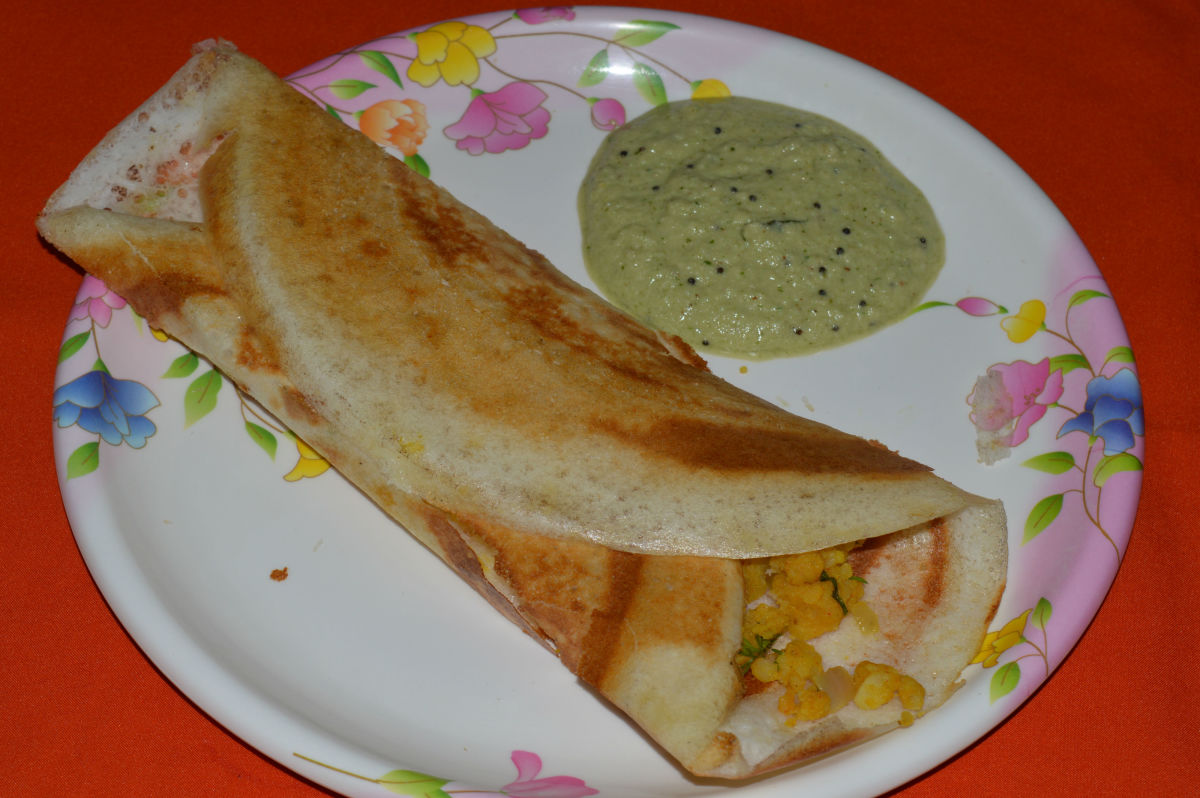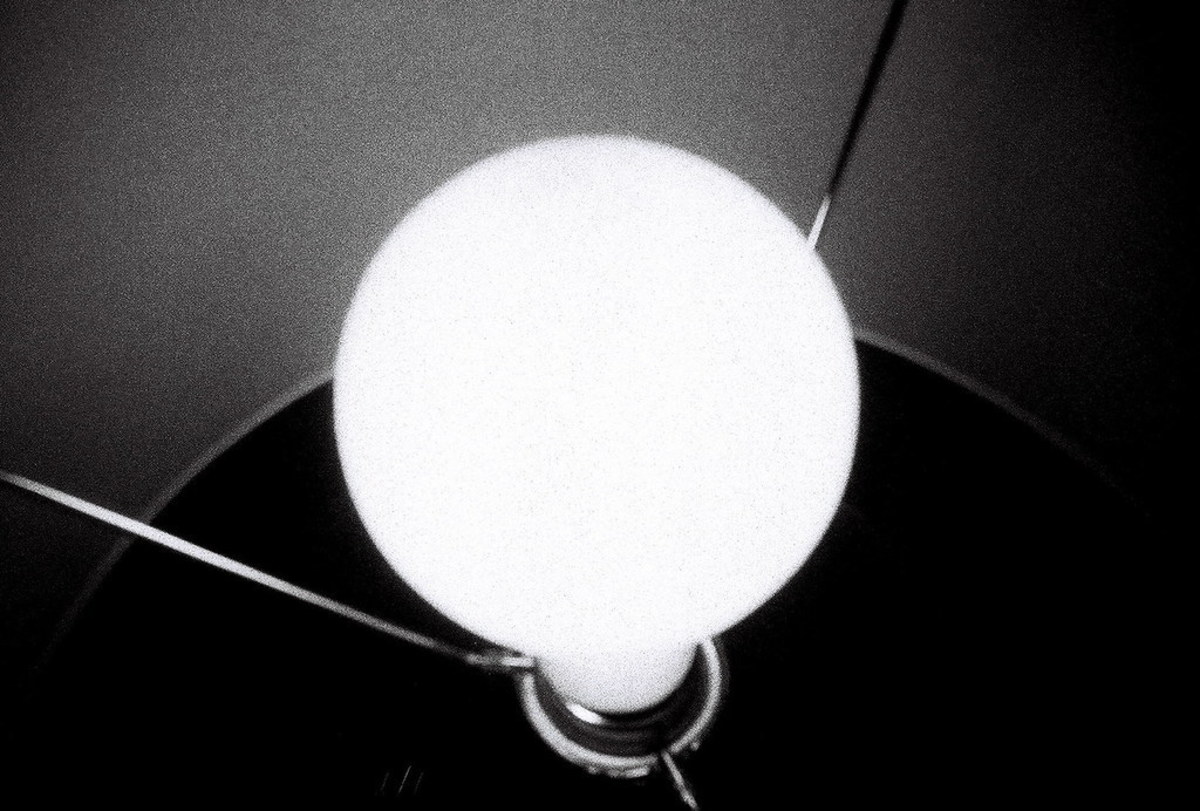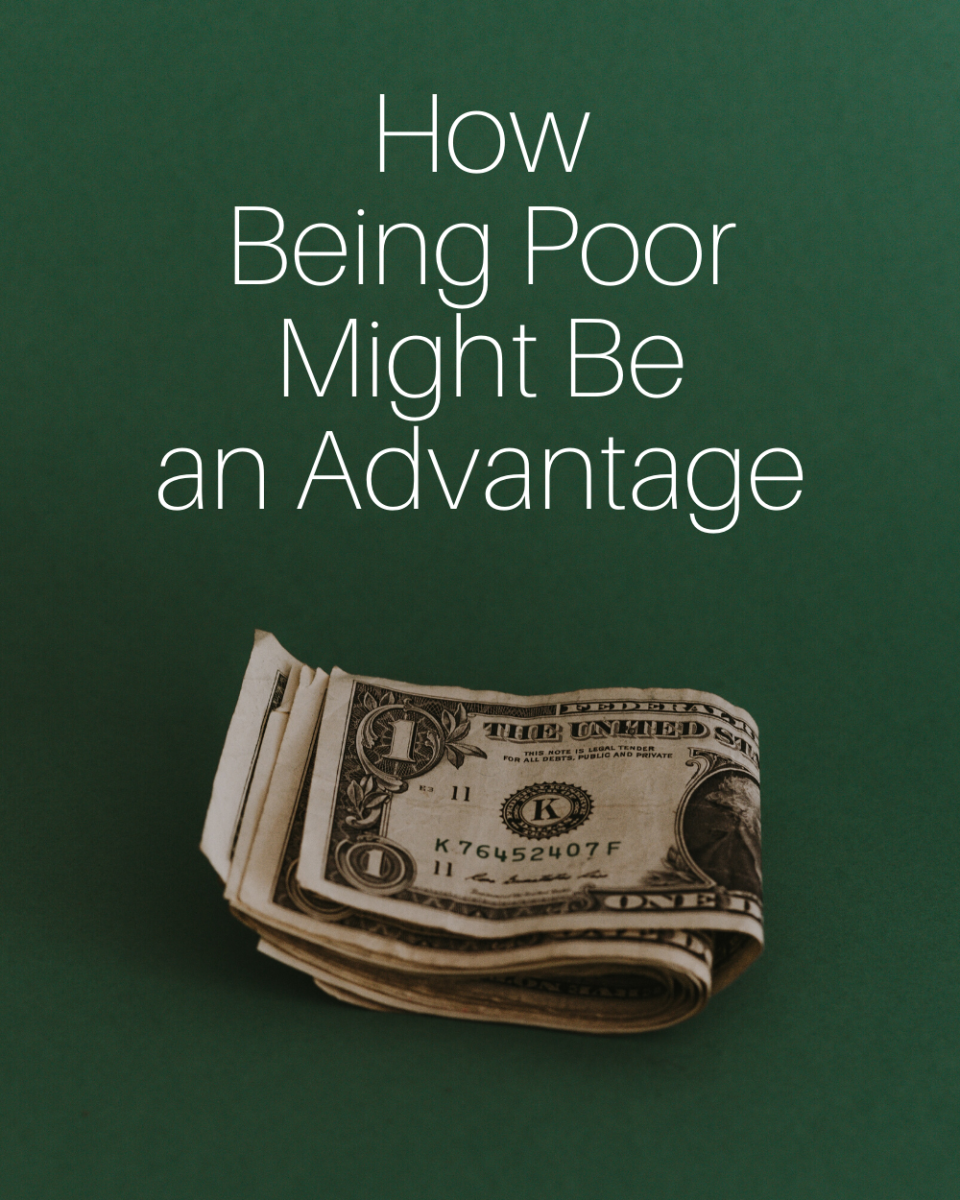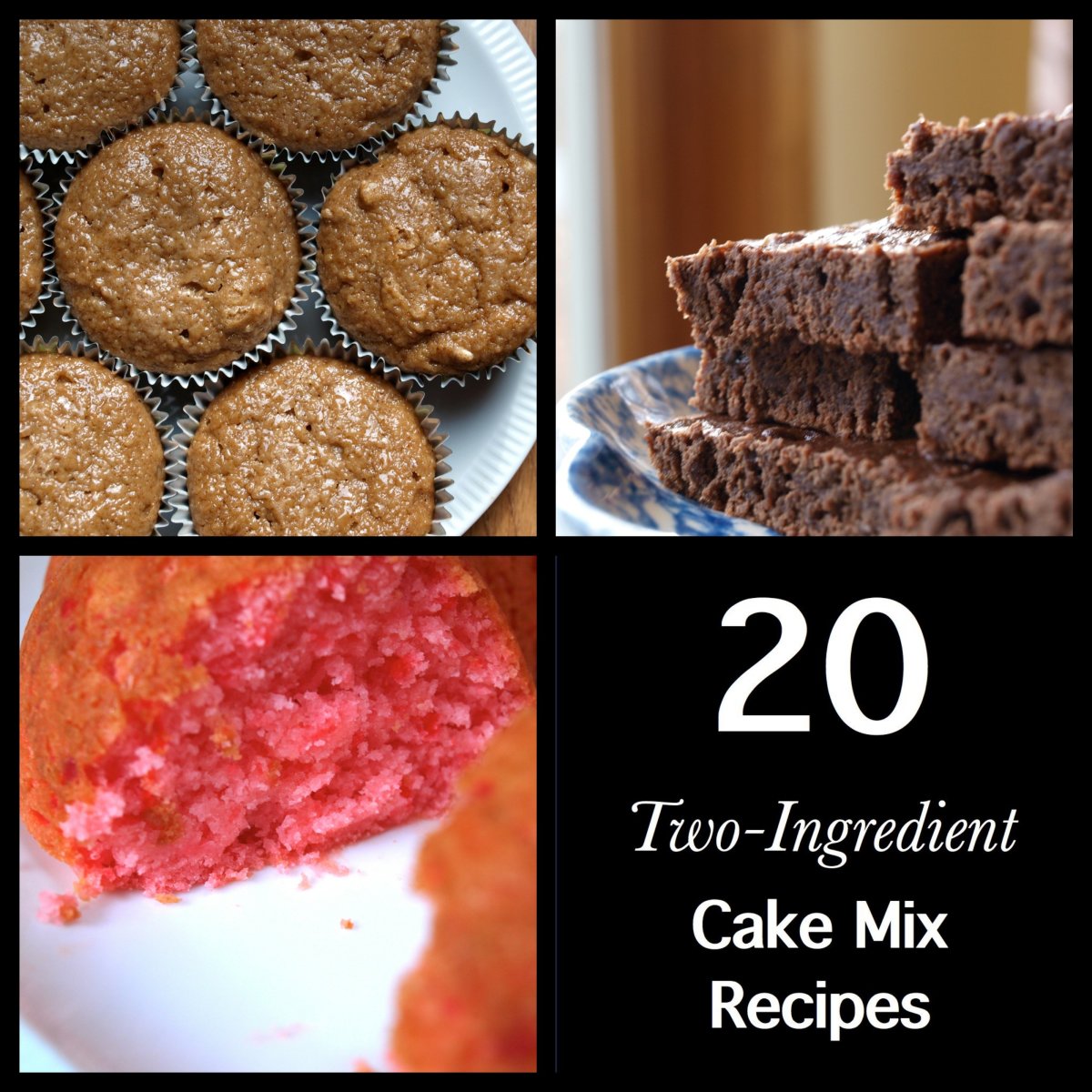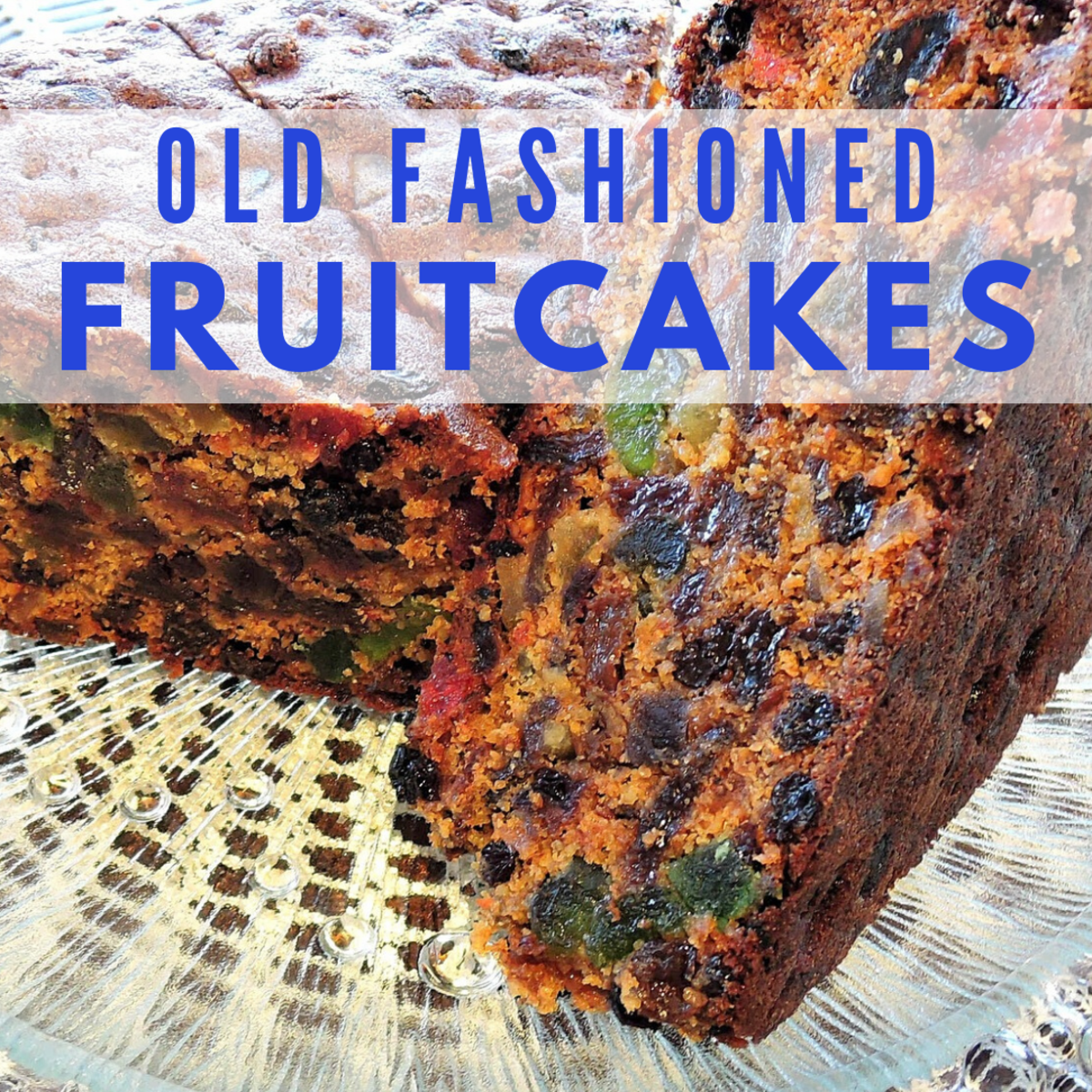A Detailed Guide to Cake Making Methods
Cake-making methods
Various methods are used to make cakes but they all have the same objectives:
- Aeration of the batter to produce bold, light cakes. In order to achieve this outcome, air is incorporated into the batter, and CO2 is produced by the baking powder.
- Obtaining good texture in the cake by the correct blending together of all the ingredients. For example, over-mixed (toughened) cake batter will produce cakes which are not light and which also have a poor texture.
- An ideal cake is one which is light (does not feel heavy in your hand) and when cut, shows an even distribution of comparatively small air cells.
The following methods are used to make cakes
Sugar Batter Method
This method begins by creaming together the margarine and sugar until they are light. This creaming traps in air which will later expand in the oven thus making the batter rise. This is followed by beating in the eggs (which should be warmed) in four or five different lots, slowly and gradually, to prevent curdling, which has an adverse effect on texture and volume. Add the sieved flour and baking powder to the above. Half of the flour can be added to the mix before the eggs are added as an aid to prevent curdling.
The Flour Batter Method
Cream together the margarine and the same weight of flour. Whisk the eggs, and approximately the same weight of sugar to a three-quarter (that is, not too light) sponge. Too much sugar whisked in with the eggs makes it difficult to trap in air. Add the sponge to the batter carefully so that the air is not knocked out. Dissolve any excess sugar in any left over eggs or milk and add to the combined batter and sponge. Add the remaining flour and baking powder and mix to a smooth batter without toughening.
For both the above methods, the batter should be about 72 degrees Fahrenheit, and for best results, the bowl should be regularly scraped down.
The Blending Method
This method was devised for High-Ratio cakes because these cakes contain more sugar and liquid than ordinary cakes. the inclusion of all the flour at the beginning means that curdling is extremely unlikely. As the batter is 'stiff' at the beginning of the process, the bowl must be scraped down at all stages when the liquids are added, otherwise the mix will become lumpy. The most common variant of this method is to blend the fat, sugar, flour and baking powder to a paste, add milk and beat for three minutes on medium speed, before adding the eggs and mixing in a similar way.
The Advantages and Disadvantages of each method
Sugar Batter Method: Advantages
- It is straightforward
- There is less weighing involved, and thus less chance of mistakes
- Only one machine is needed
Sugar Batter Method: Disadvantages
- There is a high risk of the batter curdling
- The batter is easily toughened when the flour is added
- By trying to avoid overmixing, undermixing can result leading to lumpy batter which leads to the texture and appearance of the cake suffering
Flour Batter Method: Advantages
- Less chance of curdling
- Less chance of toughening, as most of the flour is coated with fat
- Gives a better texture
- Gives better fat dispersal
- Bolder cakes
Flour Batter Method: Disadvantages
- Two machines are preferable
- More weighing, meaning mistakes are more likely
- It takes longer
Blending Method: Advantages
- It is straightforward
- Reasonable results are achieved if care is taken
Blending Method: Disadvantages
- Great care must be taken to keep the batter 'lump-free' by careful scraping down of the bowl
- The mixing time for high-ration cakes is vitally important and must be rigidly adhered to.
Each method of cake-making therefore has its advantages and disadvantages, and how one approaches cake-making largely depends on experimentation with different methods, and the results one has achieved.

